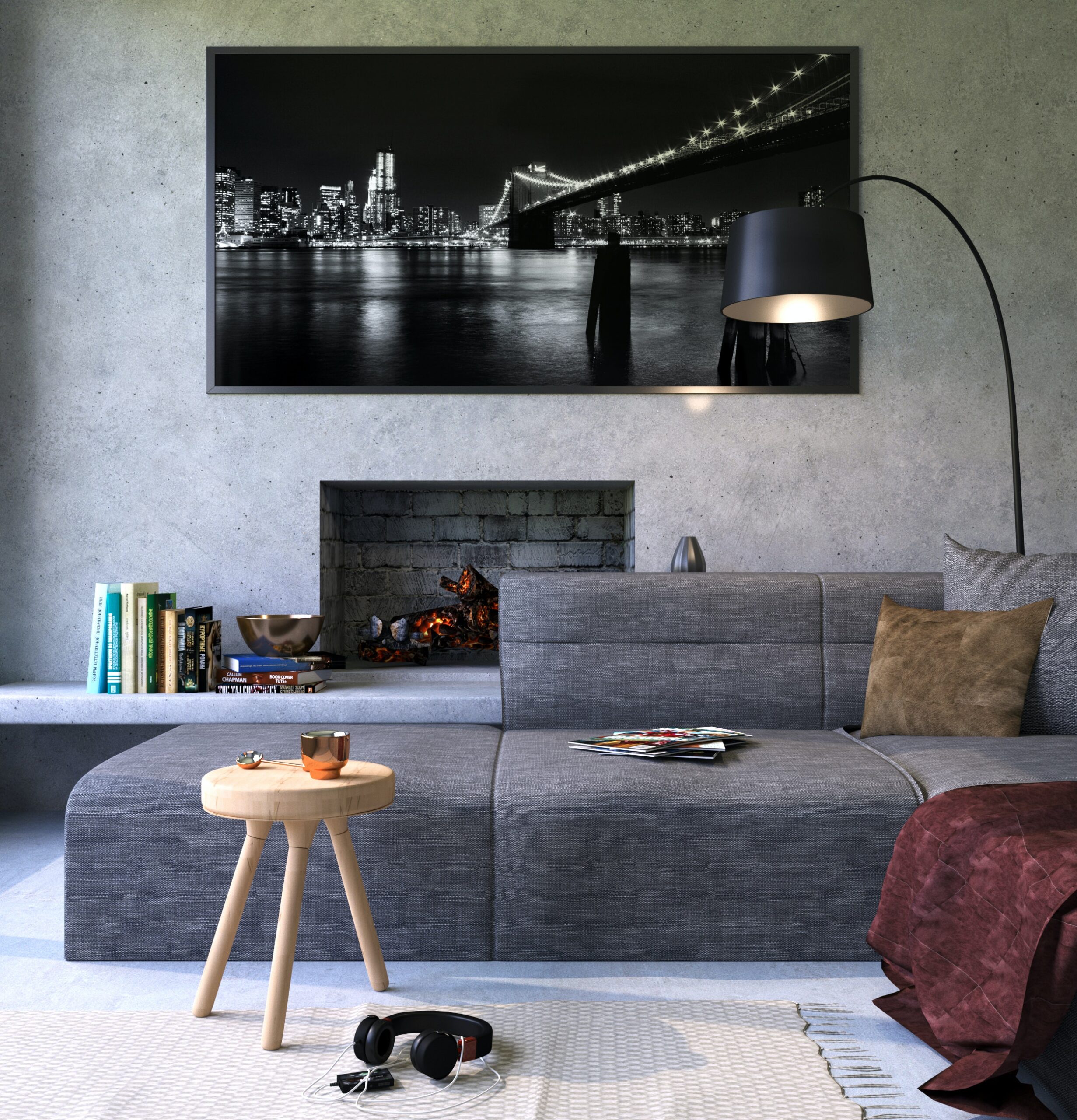From Concept to Reality – The Art of Interior Design Rendering
Interior design is a perfect blend of both creativity and functionality, where the power of imagination is met with the constraints of reality. In the modern age, the process of bringing interior design concepts to life has been revolutionized by the art of rendering. This transformative technique allows designers to present their ideas in a visually compelling and realistic manner, which bridges the gap between concept and reality. In this blog, we will cover the world of interior design rendering to explore its significance, the tools involved, and how it transforms a concept into a tangible vision.
The Significance of Interior Design Rendering:
The art of interior design rendering serves as a crucial tool in the design process. It acts as a bridge that connects the designer’s vision with a client’s expectations. It goes beyond traditional sketches and blueprints, offering a lifelike representation of the proposed design. This visual aid is instrumental in helping clients grasp the essence of the design, with many in awe of the photorealistic results. Visualization is a powerful aspect of human perception, and interior design rendering leverages this innate ability to communicate ideas effectively. With interior design rendering, designers can showcase the creative use of colors, textures, lighting, and spatial arrangements that would be used in a realistic setting. Clients are then able to not only envision but also see the final result before construction or renovation begins.
Tools of the Trade:
The art of interior design rendering relies on a variety of tools and technologies. Computer-aided design (CAD) software has become a cornerstone in the rendering process, providing designers with a platform to create accurate, detailed, and three-dimensional representations of their concepts. Additionally, rendering software programs takes these designs to the next level by simulating realistic lighting, shadows, and materials.
It’s interesting to note that virtual reality (VR) and augmented reality (AR) are also playing a prominent role in interior design rendering. These immersive technologies allow clients to experience the proposed design in a virtual space, offering a more interactive and engaging preview of their future environment. This not only enhances the decision-making process but it adds excitement and anticipation for clients.
The Transformation Process:
Interior design rendering involves a process that is quite systematic. It transforms ideas that are abstract into vivid, tangible representations. It begins with a collection of design concepts, such as color schemes, furniture choices, and aesthetic preferences. These concepts are then translated into digital models using the CAD software, and designers can touch up on details where needed.
Once the digital model is complete, the rendering software works its magic by simulating lighting conditions, material finishes, and realistic textures. This is the stage where images truly come to life. The final step is sharing these presentations with clients to receive their feedback.
The art of interior design rendering is truly remarkable. It has revolutionized the way designers conceptualize and present their ideas. It has become an essential tool that has impressed clients across the globe. As technology continues to advance, rendering techniques evolve, offering a more realistic product and experience for a multitude of businesses, designers, and clients around the world.


